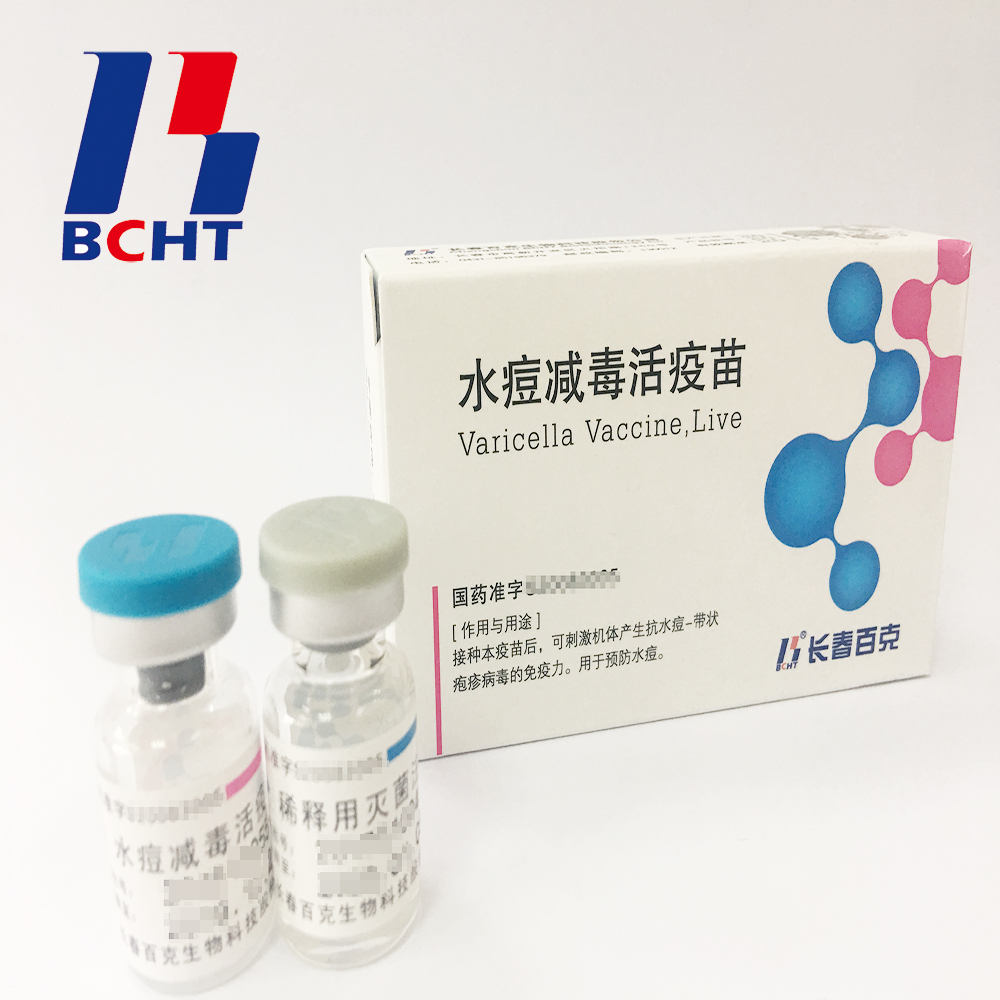Enzyme bacteria are beneficial microorganisms isolated and purified from the natural world. They are produced through combined fermentation, including bacteria, enzyme bacteria, filamentous bacteria, and more than 20 species of microorganisms that can produce active decomposition enzymes. The research and development of scientific research institutions in various countries over the past decades has become increasingly mature in the 1980s and has been widely used in the planting, breeding, and human health instrument industries. At present, 21 countries and regions have successfully developed and promoted, and they have achieved extremely significant results. Enzyme microbiology technology utilizes the survival characteristics of microorganisms such as “symbiotic, parasitic, alternate, and resistant†and biological titres that generate dozens of enzymes. It has strong aerobicity and fermentation decomposition ability, and it can kill soil when applied as organic fertilizer. The pathogenic bacteria in the soil dissolves the nutrient solidified in the soil, improves the soil structure and raises the ground temperature. It is used as a feed and feed additive for animal husbandry, which can increase the conversion rate of the beverage, kill the vegetative bacteria in the body, and reduce the bacterial infection. , Screen high-yield meat, egg production rate, and promote the export of large quantities of green agricultural products. The main characteristics of the enzyme bacteria project are: a variety of bacteria are complementary to each other, the fermentation process is simple, easy to grasp, the raw materials are rich and inexpensive, the production cycle is short, the investment is small, the effect is quick, the benefit is high; the product has high viable count, and the enzyme activity is strong. The quality and performance are stable, dry at room temperature, the cells are dormant, long-term survival, easy to save, easy to transport. Enzyme bacteria are aerobic microbial populations with strong fermentation capacity. During the fermentation process, a variety of beneficial bacteria rapidly proliferate, producing a large number of beneficial metabolites, and secrete a variety of active decomposing enzymes. These enzymes have strong catalytic decomposition capabilities. First, it can catalyze the decomposition of crop straws and leaves. Weeds and other organic matter form humus; secondly, they can decompose shale and other minerals to produce active substances that can be absorbed and utilized by plants; and thirdly, they can degrade chemical components such as fertilizers, pesticides, and dissolved nutrients in the soil. Increase the content of available nutrients in the soil. In addition, the enzyme series of fertilizers, destroyed in the soil to destroy its metabolites not only promote plant growth, but also inhibit and kill pathogenic bacteria in the soil, effectively control and prevent crop pests and diseases, reduce the amount of pesticides, at the same time, Improve the structure of the soil mass, enhance permeability and water retention and fertility, and ultimately achieve improved soil and sustainable development of agriculture. Enzymes made from fermented feeds and feed additives, used in the livestock husbandry industry, can give full play to the microorganisms The double effect of the double additive of the preparation and the enzyme preparation improves the conversion efficiency of the feed by 20-40%, crude and 2.5-fold increase, 50% reduction of crude fiber, 10% increase of sugars, and the bacterial protein of enzyme bacteria It can be used as an important protein source for livestock and poultry. In addition, it can also eliminate and prevent the digestive system of livestock and poultry, make livestock and poultry grow fast, have good meat and eggs, and have high yields. It is optimized to be pollution-free. Enzyme bacteria are used for fermentative decomposing of crop straws and waste materials, and straw and garbage are returned to the field to eliminate environmental pollution caused by straw burning and rot and odor. Chengde City, located in the northeastern part of the province, is a poverty-stricken mountainous area with undeveloped economy. The soil is barren, lacks of phosphorus and nitrogen and zinc are insufficient, and the organic matter content is 1.59% on average. It is a mid-lower level and the grain is low and unstable, especially near the grain. In recent years, the phenomenon of heavy organic fertilizers has become more and more serious. As a result, soil compaction and soil fertility have deteriorated, the agricultural ecological environment has deteriorated, and diseases and insect pests have become serious. The use of pesticides in large quantities has resulted in a decline in the quality of agricultural products, to a certain extent healthy, and constraining the development of agricultural production. "Two high and one excellent" agriculture has brought a lot of difficulties, so improving the soil, fertility, development of ecological agriculture, and the production of pollution-free green food have become a top priority. Therefore, there is an urgent need for a new type of fertilizer, that is, to increase the yield of crops and increase the output value, which in turn can promote the sustainable development of agriculture. The development and utilization of enzyme bacteria provide an effective way to solve the problems in agriculture. Series fertilizers are also unmatched by other organic fertilizers. After the extensive application of enzyme bacteria, the National Science and Technology Commission has listed this as a national-level key scientific and technological project, and the Ministry of Agriculture has also promoted it in the country. Therefore, the development and promotion of this project will surely achieve good economic and social benefits. Chengde Haofeng Company
Bulk of varicella vaccine,semi-Finished Products.It has good safety with low ratio in adverse reaction. And it has been exported to Bangladesh.
In 2008, BCHT successfully launched its product Varicella Vaccine, Live in China. In the following years, BCHT continuously committed to improving the product and led in 2010 removal of gelatin from adjuvant and extended the vaccine shelf-life up to 36 months which is the longest one in the world in 2011. And it has the following qualities.

Biotechnology Bioproducts Preventive,Final Bulk Medicine Preventive,Final Bulk Pharmaceutical Preventive,Vaccine Biological Products Preventive
Changchun BCHT Biotechnology Co. , http://www.ccbcht.com